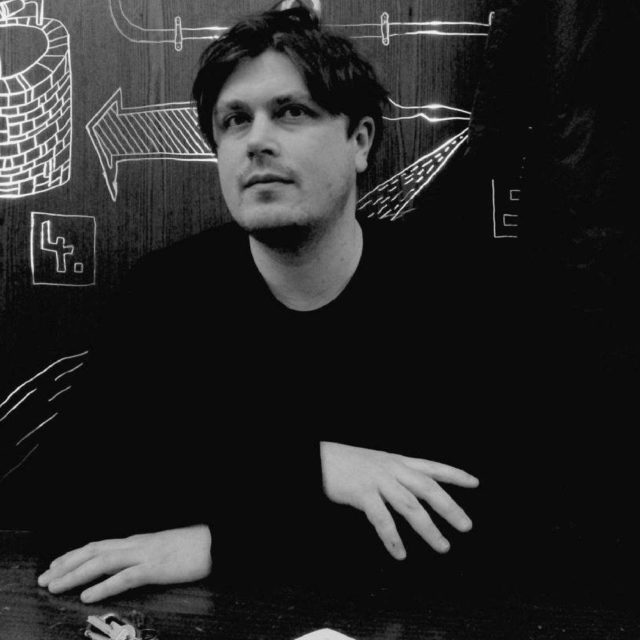Shanti Ulfsbjorninn
The Architectural Benefits of Getting Phonological Representations Right
Speaker
Abstract →
Shanti Ulfsbjorninn
The Architectural Benefits of Getting Phonological Representations Right
This talk will highlight some of the most fundamental facts that are known about representations in symbolic phonology (inc. SPE onwards) and show how getting these right can help uphold a modular feed-forward Y-model of linguistic architecture familiar (but not limited to) Minimalism and Distributed Morphology.
There are two primitives of representation, structure/positions and features/content. Different frameworks have different names for these objects one set of names would be: X-slot and feature. These are related to each other by a third primitive the association line. This is a UG distinction (in the SPE sense) that exists in all p(articular)-phonologies to use the Haspelmathian term.
Taking these primitives of representation, along with the Minimalist notion that a priori the primitives can be freely combinable, we end up with a fixed set of possible configurations of phonological primitives. The stuff that exponents can be made of. These are listed here with a typical empirical p-manifestation: (a) features without positions (a.k.a. ‘floating features’), (b) positions without content (e.g. ‘empty X-slots’), (c) positions linked to features (e.g. classical/vanilla exponents –um ó DAT), and (d) positions and features which are unlinked (as URs) (a.k.a. ‘unfixed’).
This set might seem rich and abstract, but it is actually the opposite. Similar to arguments for Merge in Minimalism, arbitrarily restricting any of these combinations would actually require a more complicated system, since it would contain not the primitives of representation but also further UG stipulations on which combinations are not permitted. However, as Zimmermann (2017) also states wrt her representations, since each configuration has an analytical advantage, there is actually no need for such restrictions.
This leads to the benefits for the modular linguistic architecture. As McCarthy famously stated: “if the representations are right, then the rules will follow”. True, and the same goes for the whole architecture. Exponents made of the various configurations stated above can dissolve famous problems where empirically attested processes in some p-grammars seem to complicate a modular architecture of grammar. There is a developing literature on this by various people Newell, Scheer, Faust, Lampitelli.
I will present examples from my own recent work, which includes reformulations in strictly modular terms of (a) Item-and-process style subtractive morphology and length manipulation (inc. Wolof (de-)gemination), (b) morpheme-specific phonological effects (Bilbao Spanish), (c) nonoptimising allomorphy (Galician) and (d) some architecturally tricky extrinsic rule ordering problems within the phonological module (Lardil).
At various points the talk will consider questions that should be of general importance to linguists: (a) Are representational analyses ‘circular’? and (b) In what sense does phonology have ‘explanations’?

